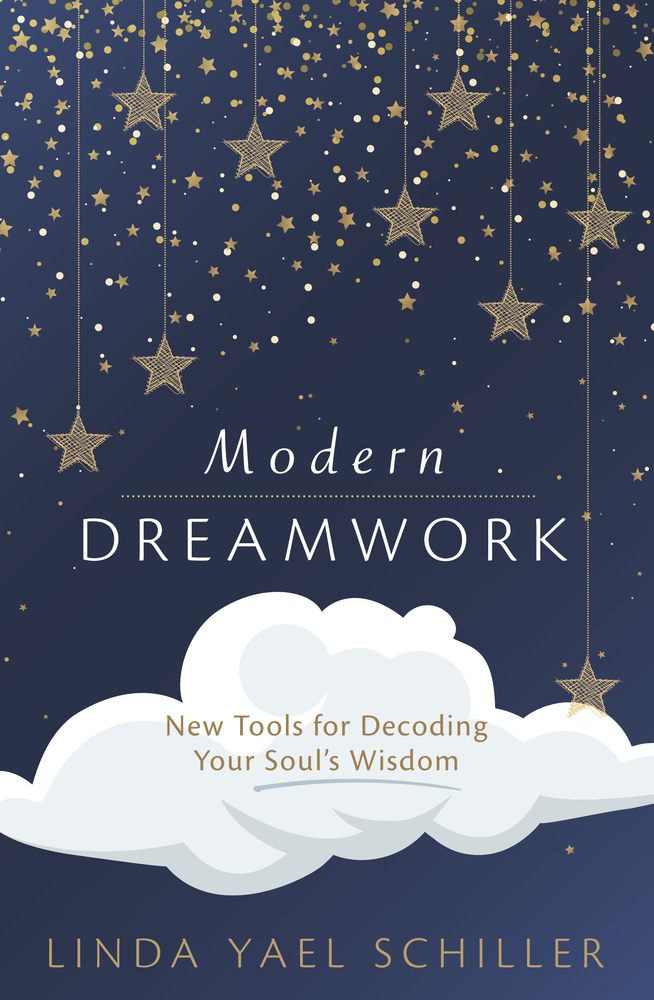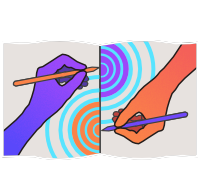Modern Dreamwork: New Tools for Decoding Your Soul’s Wisdom
safety, awareness, insight, ability, sharing, belonging, adventure, exploration, expansion, vision, direction, meaning, fulfillment, comfort, compassion, support
Whether you want to interpret perplexing dreams or resolve recurring nightmares, this book is invaluable. Schiller is a psychotherapist with decades of experience helping clients find wisdom and healing through dreams.
Who is this for?
Adults interested in dream interpretation or dream incubation, parents who want to help children who are having bad dreams, adults with PTSD or trauma-induced nightmares
Commentary
I’ve been working with my own dreams for decades using various techniques, formal and informal, but I still learned a great deal from Modern Dreamwork. It’s well-researched but not at all academic, offering substantive content without becoming inaccessible. Schiller shares stories from her own life, her work with clients, and her many years facilitating dream circles.
The Impact
The tools shared in Modern Dreamwork are grounded in research, time-tested theories, the author’s personal experiences, and her own clinical work. For example, Schiller’s techniques for overcoming nightmares draw upon imagery rescripting, an evidence-based strategy.
Quotes
My copy of Modern Dreamwork is full of highlights and sticky tabs. Here are a few segments I underlined:
“The crucial first step in working with very upsetting nightmares is to make sure that the dreamer has enough safety to work on the dream material without becoming re-traumatized in the process.”
Page 209 (also noted on page 141)
That quote popped out at me, because in other texts I’ve encountered on dream therapies for nightmares, this step was not mentioned. When I was studying psychology at Berkeley in 1997, I worked with a researcher exploring group therapy for traumatized women. One of the lessons learned was that telling and retelling stories of abuse was not particularly healing for women in the group. In fact, it had the effect of re-traumatizing them. As the research assistant on the project tasked with reading through therapists’ notes, I had to wrangle with recurring nightmares from my own past traumas. Any strategy for healing from trauma that begins with examination of the trauma has the potential to do more harm than good. That gave me a deep respect for Schiller’s approach, one in which a sense of safety is paramount to every subsequent step.
Here’s something else I highlighted:
“This deepest layer of the work can most often be accessed through dream reentry. This is done by purposefully reentering the landscape of the dream after you are awake, and traveling through it as a living journey, such as one may experience in a guided meditation.”
Page 93
And here’s a good one to end on:
“Our dreams are alive. These portals into our unconscious can feel as real as waking life. They are seeds that contain the potentiality for the whole, embodying our hopes, our fears, and our creativity. They serve as permanent witness to our life’s journeys, and are a portable, practical, unlimited resource.”
Page 6

About the Illustration
Another digital illustration inspired by dreams of the shore.
Note: This is art from the website creator to help fill the blank “walls” of IMPACT illustrated. Please consider submitting your original artwork for inclusion in our gallery sections. All mediums and skill levels are welcome, as long as it’s from the heart.

